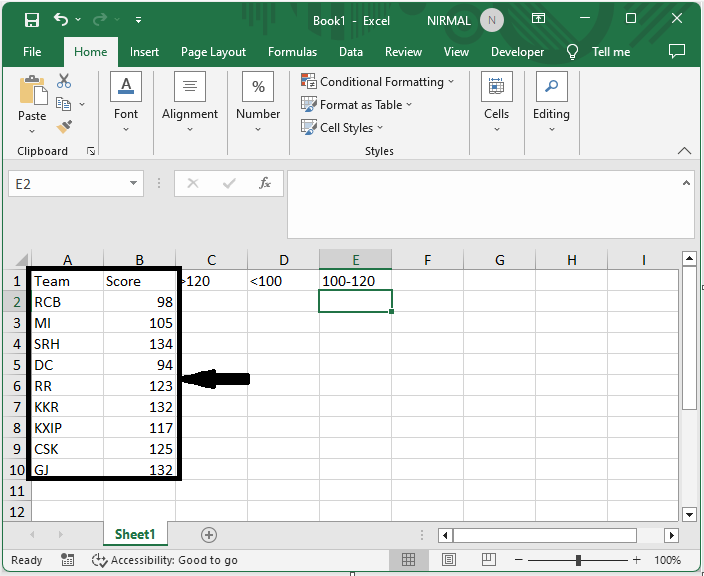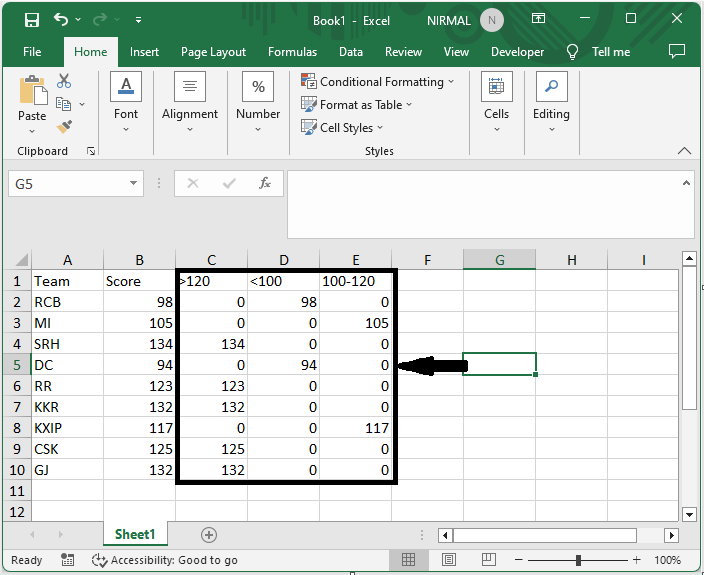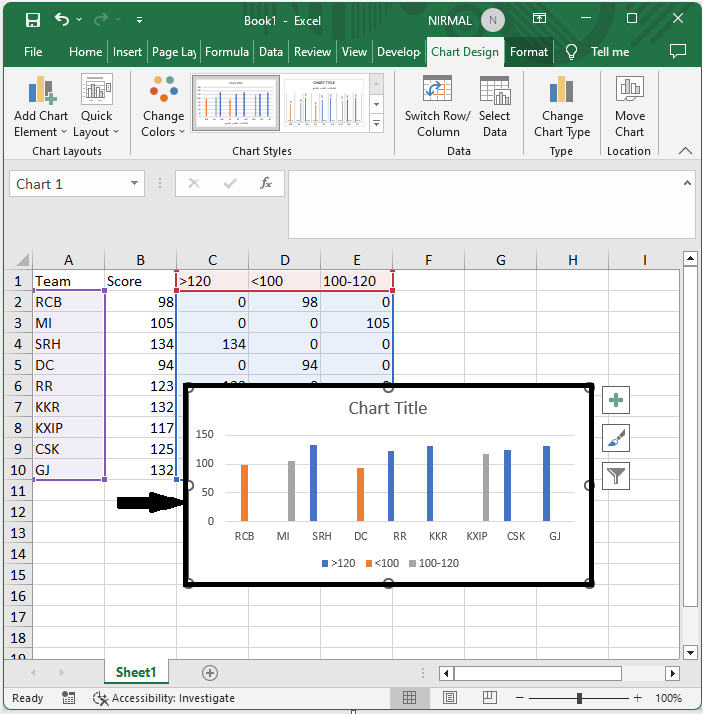
 Data Structure
Data Structure Networking
Networking RDBMS
RDBMS Operating System
Operating System Java
Java MS Excel
MS Excel iOS
iOS HTML
HTML CSS
CSS Android
Android Python
Python C Programming
C Programming C++
C++ C#
C# MongoDB
MongoDB MySQL
MySQL Javascript
Javascript PHP
PHP
- Selected Reading
- UPSC IAS Exams Notes
- Developer's Best Practices
- Questions and Answers
- Effective Resume Writing
- HR Interview Questions
- Computer Glossary
- Who is Who
How to Create a Chart with Conditional Formatting in Excel?
In data visualisation, charts are an effective tool that help us convey information in a clear and succinct way. They make it simpler for us to get valuable insights from our data by assisting us in identifying trends, patterns, and outliers. In this article, we'll concentrate especially on conditional formatting in Excel, which lets us draw attention to particular data points in a chart depending on predetermined criteria. Our charts now include an additional layer of visual signals thanks to conditional formatting, which makes it even simpler to understand and analyse the data.
This tutorial will walk you through the process of making a chart with conditional formatting step-by-step, regardless of your level of Excel proficiency. You will have a firm understanding of how to use conditional formatting to improve your Excel charts by the end of this session. So let's get started and maximise Excel's conditional formatting capabilities for data visualisation.!
Create a Chart with Conditional Formatting
Here we will first prepare the data and then insert a bar chart to complete the task. So let us see a simple process to learn how you can create a chart with conditional formatting in Excel.
Step 1
Consider an excel sheet where the data in the sheet is similar to below image.

First, enter the formula as =IF(B2>120,B2,0) in cell C2, =IF(B2<100,B2,0) in D2, =IF(AND(B2>=100,B2<=120),B2,0) in E2 and click enter then drag down using the autofill handle.
Empty Cell > Formula > Enter.

Step 2
Then select the range of cells, click on insert, and select bar chart to complete the task.

This is how you can create a chart with conditional formatting in Excel.
Conclusion
In this tutorial, we have used a simple example to demonstrate how you can create a chart with conditional formatting in Excel to highlight a particular set of data.

